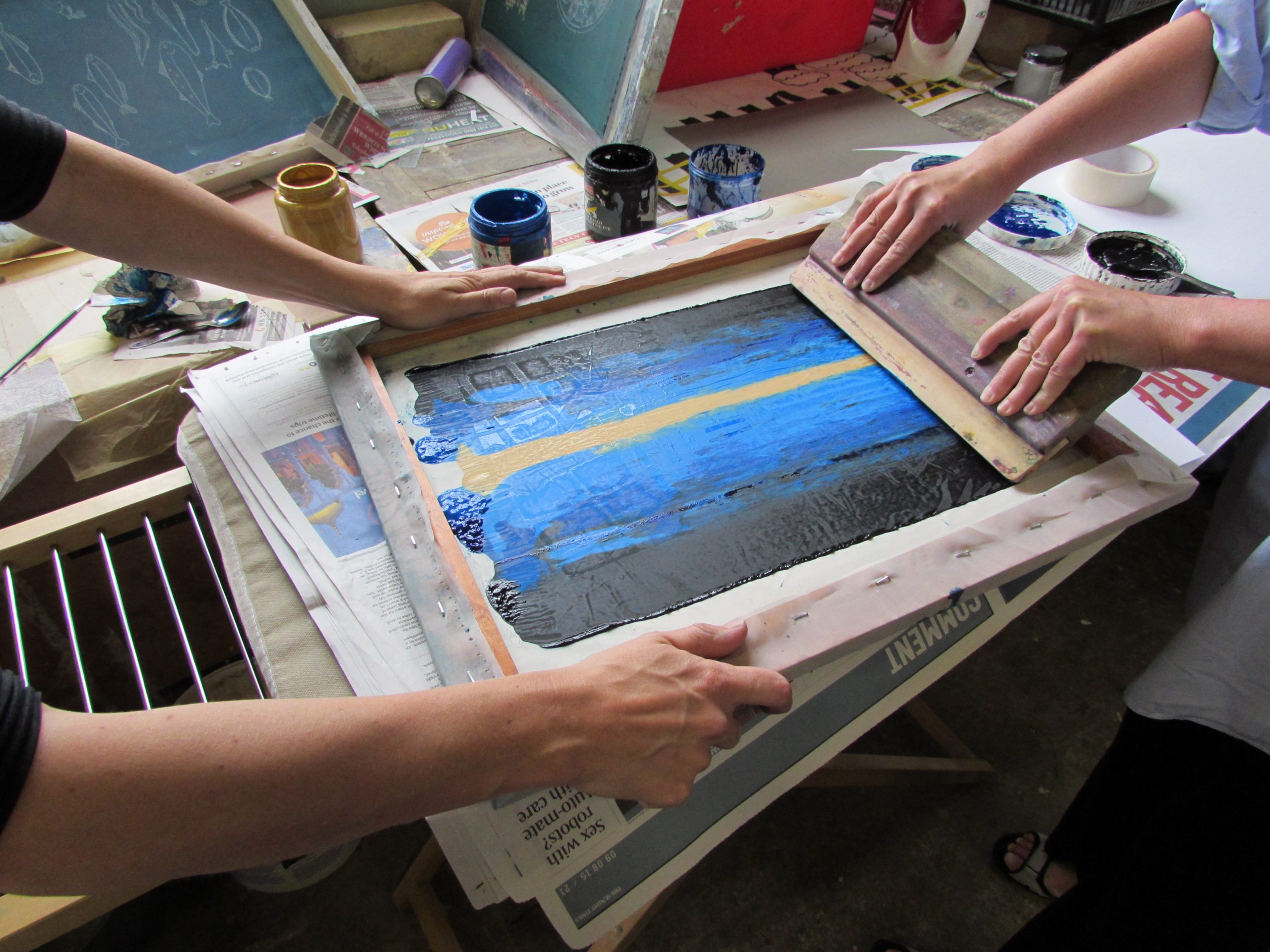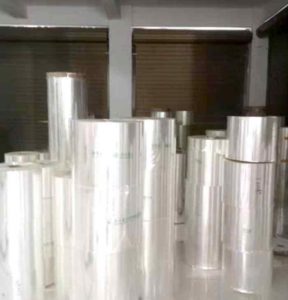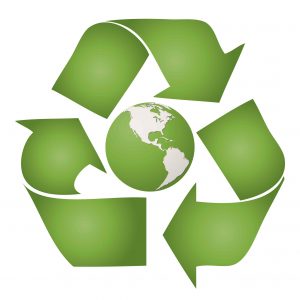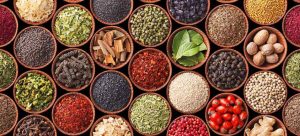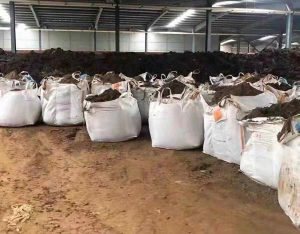A woven bag is nothing but a piece of plain-woven PP fabric. This bag needs additional coloration, printing, and branding for ultimate use. That is why printing is one of the essential steps of the overall woven bag manufacturing process. Printing is the process by which the coloration of the woven bags is done. You can print your logo, brand name, and company motive on the bag you supply your product. You can also print advertisement information and can marketing as well by printing on woven PP bag.
There are several methods and styles of PP woven bag printing. Screen printing and gravure printing are two of them. You can use several colors, up to four, and create hundreds of different colors by an aggregate of the primary color. So, what we gat is although the number of colors we can use is limited, we can produce a lot of different colors by mixing them. That opens a whole new world of designing PP woven bags.
In this article, we will know the A to Z of the coloration of PP woven bags. That is the same process for PP woven fabric too. We will discuss the basic knowledge of PP woven bag printing. Then we elaborate on the available methods for printing pp woven bags. After that, this article includes the types of machinery used for printing PP woven bags. Lastly, we will discuss the options available with the printing machines for PP woven bag coloration. We aim to provide clear and understandable knowledge to our readers about the mentioned topic. After reading this article, you will able to understand the printing process, its available facilities, and also the limitations of printing PP woven bags.
Basic Understanding or general idea:
To construct a clear concept about how we print and how different the printing process of PP woven bags, we need to know several things first. It is important to know about how the printing process is carried out, what are the steps involves in a printing process, what are the necessary things that need to consider before printing are some of them. That is why, first of all, we discuss the basics of printing and then the printing process of PP woven bags and the difference from the conventional printing process.
Printing is the process where coloration is done on the specific area(s) of a surface following a particular design. This printing process involves several steps which are necessary to get the final output. We can use a machine, or we can manually get the work done. But, the original actions of printing are the same for any method. The preliminary steps of printing are;
Creation of the printing paste → Creating the printing design → Printing → Curing and other processes.
Printing paste:
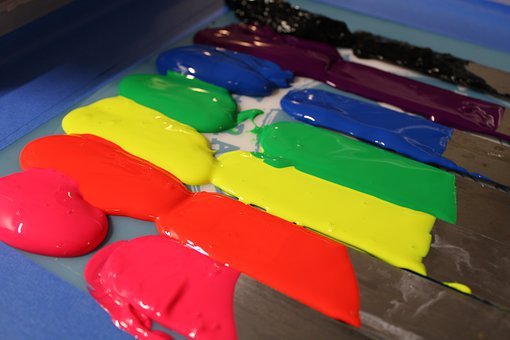
Here, printing paste creation involves creating a viscose liquid with a color, thickener, and other required chemicals. These materials need to mix with the coloring material. This paste has some requirements too. When the viscosity of the printing paste is very high then the coloring material might not be transferred to the fabric surface. When the viscosity of the printing paste is too low, then there will be a chance of spreading the color outside the printing area.
Design:
The next step is the creation of a printing design. That is a design or motif following which the printing will do. This design might be as simple as straight lines of one color, or it can be a complex design with several structures, shades, and colors.The format of the printed file is usually Photoshop or AI.
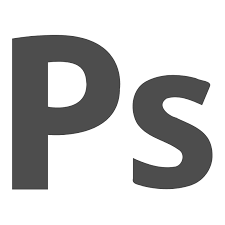
Printing:
Then the printing. Printing is the action where the design is transferred to the targeted fabric utilizing a different printing machine or by hand. Here, printing paste is placed to the design area following that particular design. The final step is curing. The main task of this step is to transfer the color from the printing paste to the fabric. That is done by the action of heat and water. When the printing paste is heated up, the coloring material from the printing paste is attached with the fabric and fixed on it so that, it cannot remove further even when the printing paste removes from the fabric. All of these processes are necessary. The final result or the perfect printing result will not generate with any lacking of these combinations.
The printing process of PP woven bag or its fabric is quite different than conventional printing. The requirements of PP woven bag printing completely different. We cannot use the color for printing PP woven bags which we can, for convention fabric or non-woven printing. The temperature limitation is more transverse. We need to use a specified and a very narrow temperature range for PP woven bag printing. Temperature controlling is also very crucial for PP woven bag printing. PP woven bags require a particular temperature. The printing chemical and color only attach with the PP woven fabric at that temperature. If we cannot maintain that temperature, the printing process, and the printing quality will reduce. If the temperature is too low, the printing paste will not attach with the PP woven fabric perfectly. Resulting in a less durable and cheap colorfast print. Besides that, If the temperature is too high, the PP woven bag will lose its strength and load-bearing capacity. So the balance of parameters of printing and regulating these parameters possess a significant role in the overall quality of the printing success. The other parameters are the thickness of the bag, the viscosity of the printing paste, type of dyestuff, portion of wetting agent, and other chemicals that are moral-less similar to conventional printing.
Methods available:
To know better about the printing process of PP woven fabric, one should know about the method of printing available for it. Various printing methods can use to print a PP woven bag or a PP woven fabric. But the most used printing methods are Flexography printing and Gravure printing.
Silk printing
Silk printing is also known as silkscreen printing or serigraph. The word serigraph comes from two different worlds. One is “Seicos” which means silk, and another one is “Graphos” meaning writing. That is a stencil-based printing method and famous for its oldest form of printmaking. As silk printing is a screen printing method, it makes its job done using a stencil. We can use silk fabric to make the stencil. Silkscreen print is advantageous for bold and graphic design.
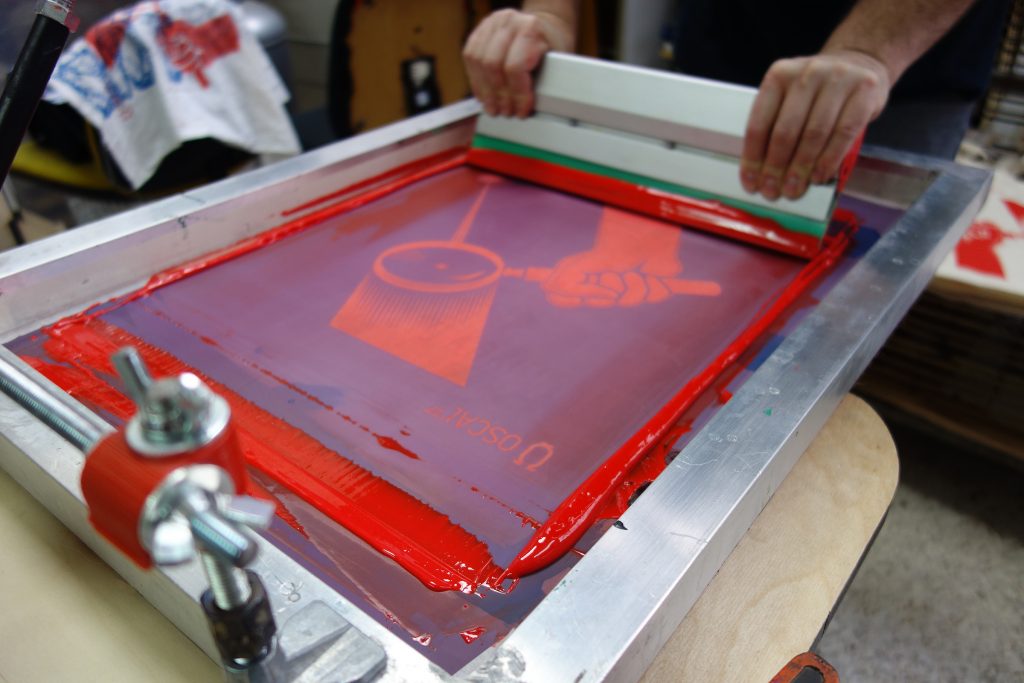
Flexography printing:
Flexography printing is relatively new to other printing methods and widely use for PP woven bag printing. This method developed in the nineteenth century. This method uses a thin rubber as a printing plate. As it is made from elastic rubber it is flexible too. We can use this printing system for printing a lot of materials such as polyethylene, cellophane, metallic films, etc. This process is very suitable for printing PP woven bags. Plastic shopping bags often print using this printing system. Newspaper printing, paperback printing also can be done using this method. This printing method is efficient, bright, and most importantly long-lasting. That is why this printing method has become popular day by day.
Gravure printing
This printing method is older than flexography printing. This method often uses for printing magazines, gift wrapping, wallpaper, packaging material, etc. One of the vast advantages of this printing method is that this printing system is very suitable for long-run printing. Due to its excellent configuration, this process is appreciated by many packaging industries. Instead of a rubber plate, the gravure printing method uses a cylindrical metal roller. The printing design engraves into that roller. The cylinder comes in contact with printing paste during the printing process. Only the design area transfers the paste to the fabric of the material under it. As the roller here makes the printing job done only with the rotation. The legibility of that type of machine is very high. They can print for several years without losing the quality of the overall printing. Due to that fact, this printing method is popular and cost-effective too. PP woven bag printing needs a printing system that is fast, long-lasting, and provides a reliable printing effect for a long time, and this is what gravure printing is done. We will discuss the printing process of the gravure method in the following section.
Steps of the printing process, Stationary, and rotary screen printing:
The printing process of manual, flatbed, and rotary screen printing process describe following;
Manual screen printing:
A manual screen printing process involves a screen made of mesh fabric. That is the main component of manual screen printing. The first step of manual printing is transferring the printing design to the screen. The printing design place on photochromic paper, and then the equipment is attached to the screen. , The design transfer from the photochromic sheet to the screen when the arrangement and the screen come to light. Then the printing paste is prepared. After that, the printing material is placed on a lattice and the screen is placed onto the material which is going to print. Then, the printing paste is placed and a squeezer squeezes the color from one side to another side of the screen. When the screen is removed from the material, the design transfer to the final printing material. This process is carried out successively for the following material printing. This manual printing system use for a small amount of printing or if the material is small. That is useful and cost-effective for one or two-color printing. If your design consists of more than two-color, you better go for automatic screen printing. This printing method is convenient for printing logos, company name, brand name, or artwork or vector design.
Automatic screen printing:
In the automatic screen printing system, the printing screen is much bigger than the manual screen. This printing method is suitable for three to eight-color printing. The screen is constructed in the darkroom with the same technique as manual screen printing. Here the different sized material can handle satisfactorily. In this method of printing system, the screen is stationary, and the material is moveable. The materials are placed on a conveyor belt. The belt input and carry the bag to each printing screen. Here the printing paste is transfer onto the screen, and a starer stare the printing paste to all area of the screen. After that, the screen moves upward, and the bag moves forward for delivery or next color printing. In this printing system, the design may displace a little. A starting line might be visible after the final touch for the continuous printing process.

Rotary screen printing:
The starting line or end mark is one of the crucial disadvantages of flat screen printing. Rotary screen printing invention is used to overcome this problem. Here, the screen is rotatable and rotates 360 degrees while transferring the printing paste from the rotary screen to the PP woven bag. Rotary screen printing is valuable when the color is above eight. This printing machine can handle up to ten or twelve colors. Here the screen is rotatable, and hence the starting mark or end is not visible here. This machine is suitable for handling line or thin design elements. The printing material is fed into the rotary screen machine in the same way as stationary screen printing. As the screen is also moveable, there is no starting or end mark is visible in the final product. The quality of this printing system also improves than stationary screen printing. When more colorful designs with accurate printing require, this printing machine is always recommended.
Technical modification:
You can print your PP woven polybag with the above-mentioned methods, but for diverse types of bags, e. g., you may face difficulties for very lightweight bags, small print sizes, or three to four color print. The following modification or printing option has different types of features. These might be very helpful for your desire printing.
Anilox rolls:
Sharp and smooth printing will be a plus point of your printing quality. That can be possible using Anilox rolls. Each flexographic printing machine has two ink rolls if we remove one and add an Anilox roll, which has a mesh on its surface. The mesh improves the amount of printing ink storage in the storage roller. That facility provides sharp printing output. IF your printing consists small amount of print or text, this will be the perfect solution for your printing industry. That is only required when your customer wants a confined and noticeable design.
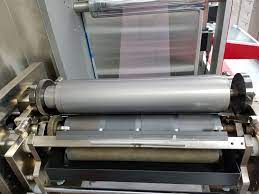
Tracking belt system:
If the weight of your bag is small, the bag might slip into the input system. So, displace it while traveling from one station to another. That arises a problem in the three or four color design printing. The tracking belt system comes in handy. The tracking belt holds the woven poly bag tightly and transfers it from one station to another station without any slippage or displacement of the bags. No matter how light your bag is or how small it is, this tracking belt will make its work done. Tracking belt implementation in your printing system is only required when you need tight registration printing. A minimum of three-color printing and the weight of your bag is very light.
Counter meter:
As the name, adding this equipment will count the amount of bag printed for a set amount of number. Let us consider, you want to create a bale of one hundred bags what will do this counter meter is, it counts every bag printed in the machine, and when it hit a hundred, a beep sound will play so that your worker gets the instruction and can bundle these hundred items. If the counter is set to a hundred, after hitting a hundred, this counter will start from one again. That counter also helpful for tracking your printing amount and creating a report for a particular shift or for that day. This meter tracks and stores the number of bags you print.
Do not dirty the belt system:
This optional feature will work for you when your printing operation is very high. Let’s assume that your machine runs at a speed of two thousand bags per hour, but your operator can input up to seventeen hundred bags. So, you miss three hundred bags every hour. These misses will create your conveyor belt dirty with ink. That will generate an impression of the dirty belt at the backside of the newly input bag when this dirty bag comes to the feed side. That will reduce the quality of the printing and create rejection. This system also increases the lifetime of the belt up to 70 percent.
Shaft mechanism:
Generally, a Flexographic printing machine uses a chain system to transmit power. The power transfer from one printing roller to another roller. It is natural for chain system driving mechanisms that, over time, the chain loosens. It is also true for chain-driven printing systems. When it occurred, we need to repair the system. The repair consists of the removal of one or two-point from the chain. That is not helping in the long run. Because, a few days later, the chain loosen again. This problem creates faulty printing where one color place on the surface of the material. But, the other is displaced. In this modification, we remove the chain system and place a solid shaft or gears made from stainless steel. So, you will get the same printing quality as today after five or seven years later. We only recommend this system up-gradation when your machine consists of three or four color options.
Dryer:
Flexographic printing machines use solvent-type ink. You may know it ned to dry very quickly after printing. That is occurring when the printing is carried out in a dry environment. If we install the printing machine in a dry condition, the printing ink will dry quickly and do not need an extra dryer. But, when the device needs to run in a moisture environment, the ink may not be dry well after removing the bag from the printing machine. The ink will spread out and reduce the visibility of the design or writing. The liquid ink also can stain the other bag adjacent to it. If you require such a situation, you can add a dryer to your printing machine. The dryer is situated on the output area of the device. After the printing process, the bag immediately comes to the dryer section. The dryer consists of four heating coil and four blower fans. The hot air comes from the dryer, instantly dry the ink of the printing regardless of the humidity or the relative humidity of the environment surrounding it. Due to the fast and quick dry time, you can run your machine at full speed and increase your production rate.
Hard chrome plated drums:
Your printing result will not improve installing hard chrome plated drums. But it will improve the lives of the drum. If your machine is installed in an environment where the humidity is high, and your production consists of a lot of break time, the rust will come onto the drum after a few years. The printing result will reduce working with that type of roller. The roller can even break during the printing process. Hard chrome plated drums will prevent these problems. You can pause your printing any time for any duration and install your machine where the humidity is high. The drum will not grow any rust, and the printing quality will not reduce over time. You will get a tremendously long-lasting drum from your printing machine.
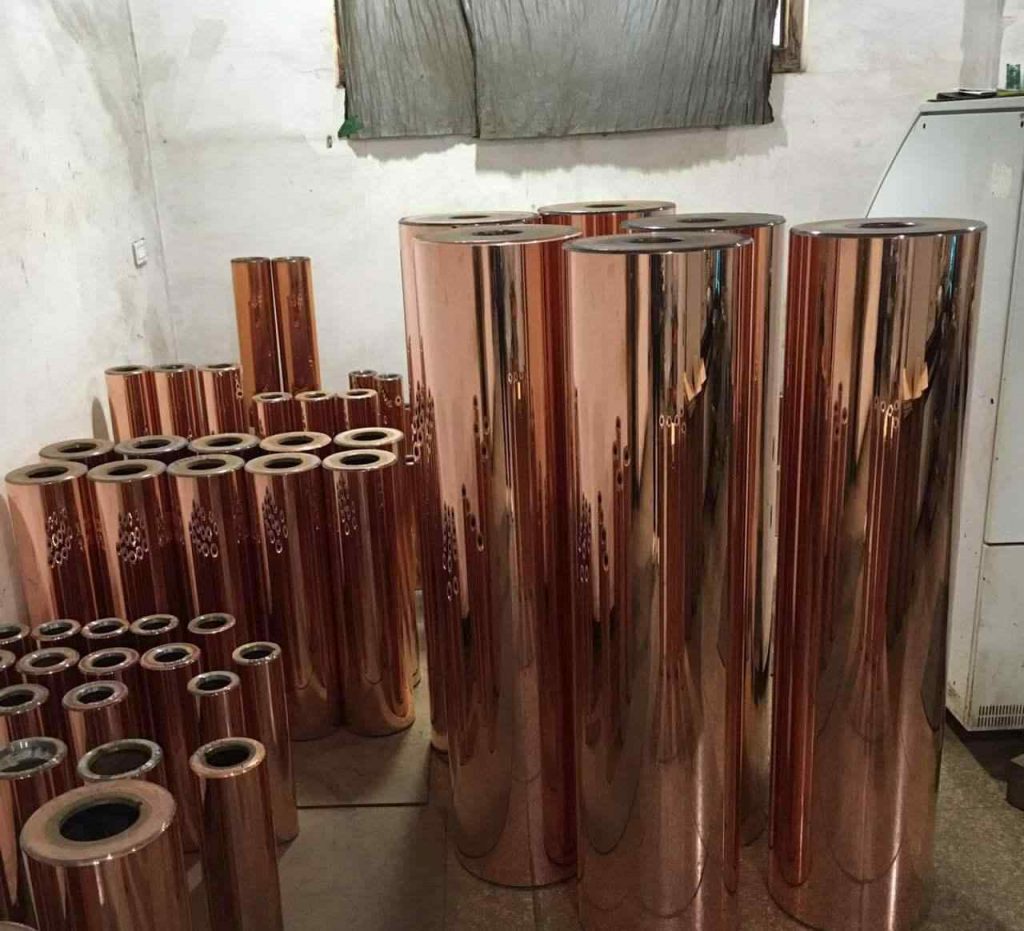
AC drive:
This drive also knows as Variable Frequency Drive. That is the additional feature always recommended for each printing machine. The first reason is that you can set any speed on your device. If the worker is not familiar with the machine or new in your work station then he can regulate the machine with his convenient speed just as a regulator of a fan. The second reason is it safe the motor of the device from voltage fluctuation. The third reason to install this feature is, it saves energy consumption up to 30 percent.
Bag stopping system:
If you want to print your bag above a certain distance from the bottom stitch, this stopping system will help you. The bag stopping system will automatically adjust the distance from the bottom stitch of the bag. It prints the design exactly where you want with this feeding edition. Suppose you want a five inches gap between the bottom stitch of the bag to the print area. You can set the distance, and this bag stopping system will allow you to input the bag with maintaining the exact five inches distance from the bottom stitch to the printing edge with an error margin of plus or minus five millimeters.
Conclusion:
PP woven bag printing can be a continuous or batch process. The automatic screen printing machine is suitable for simultaneous bag printing. Manual or hand screen printing is suitable for the batch printing process. If the color variation is high in the print layout, then automatic screen printing is suggested. If you want superior screen printing without any quality compromise, then you need to install rotary screen printing for your work.
